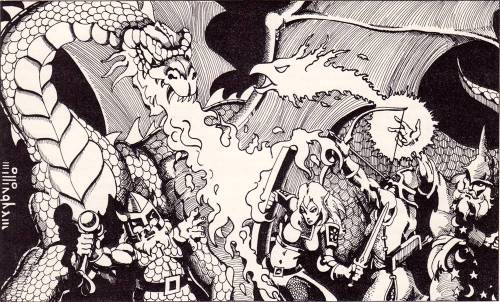S
Sunseeker
Guest
Oh my sweet Wizards vs Warriors thread. How I have missed thee.
The irony is of course, that the lowest-selling edition was the only edition to resolve these problems.
The grass is always greener I suppose.
Oh my sweet Wizards vs Warriors thread. How I have missed thee.
It's a matter of priorities. They achieved the "balance" goal, but sacrificed so much to get there that they lost their followers.The irony is of course, that the lowest-selling edition was the only edition to resolve these problems.
It's a matter of priorities. They achieved the "balance" goal, but sacrificed so much to get there that they lost their followers.
Which is pretty much precisely my point. Magic is so ubiquitous that what was once a pretty signature effect for one class is now shared by virtually every class. It's easier to say what our robed figure isn't than what he is.
I think you are inserting the voices of the outliers as the voices of the masses.Well, the same systems bring the same followers who bring the same complaints.
Again: the grass is always greener.
Nobody is saying the obvious: even if 99% of the classes are magical, 99% of the general population might still be distinctly non-magical.
In 1e AD&D, which class was throwing a bolt of fire a signature effect of?


The list of what the robed figure isn't is considerably larger than the list of who it could be however.
There are many more humans who aren't variant humans who take one specific feat to pick up one specific spell than humans who are for example. There are more Clerics who don't have the Light Domain than there are who do. And so on.
5e is flexible enough that you can build a character capable of throwing a bolt of fire in many different ways. It doesn't mean that a lot of those methods for achieving that aim are common however.
Even in high-magic settings, magic is not ubiquitous. It may be quite common, but firebolt-throwing figures are still a very tiny fraction of the populace.
That's beside the point though. You're looking at the setting, but, that's not what's seen at the table. What's seen at the table is firebolt-throwing figures (plural) in every single encounter in every single session. And virtually every single round.
